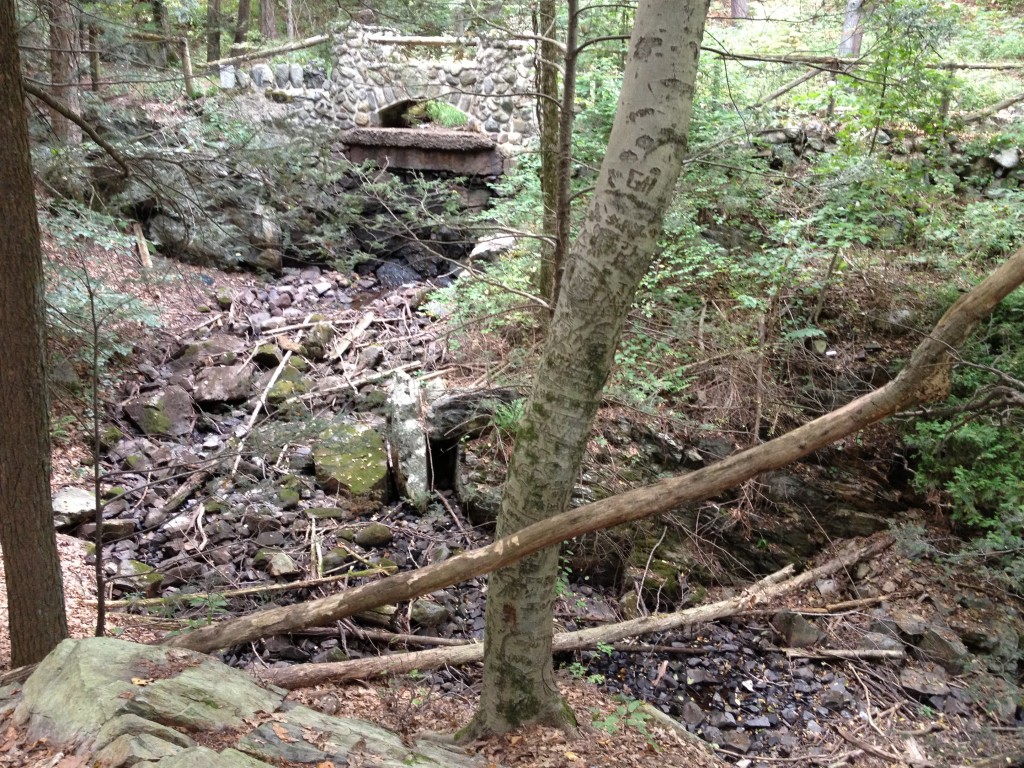by columnist Kacie Rice
This weekend, after a busy and stressful few weeks of moving apartments and starting classes, I decided to go old-school and explore the original science museum: the nature reservation! I put on my boots and went to unwind in nature with a hike in our very own forest, the Middlesex Fells Reservation in Medford. I often find that short day hikes allow me to take on the role of John Falk’s “spiritual pilgrim,” though on this occasion, I found myself more of an “explorer” as I found new trails to discover. The Friends of the Fells, a nonprofit preservation group, maintains a website with various trail maps, where I found a map and PDF guide for the Spot Pond Brook Archaeological District Self-Guided Tour, a 0.8 mile loop that passes through former mill settlements in the Virginia Wood forest. Interested hikers can download the guide, which gives background information on eleven different sites marked with numbered posts along the trail.
